|
Many OCS applicants we have chatted with start their 'intense' studying of the examination around January 1st. This gives them 8-10 weeks of preparation for the March exam. If you have not started already, we highly recommend beginning your preparation. In the meantime, continue to challenge yourself with our weekly OPTIM OCS Quizzes. Here is Quiz #4 Enjoy!
1 Comment
The OCS examination focuses heavily on the evidence from the clinical practice guidelines (CPGs). As an expert in Orthopedic Physical Therapy, the therapist must know everything from outcome measures, pathology prognosis, and in-depth anatomy. This quiz has it all. Take the quiz to see if you are prepared for the examination?
If you like this Quiz, be sure to follow us on Facebook! Check out the OPTIM Website for more information on our courses.
The OCS examination is held every year at the beginning of March. OPTIM Physical Therapy works hard to prepare our students for the exam. Enroll in one of our courses to help you get ready for your orthopedic specialty exam.
Click HERE to start the quiz! Studying for the Orthopedic Clinical Specialist (OCS) examination can be a tedious task. There are few high quality resources available to help one prepare for the exam and even fewer which provide practice quiz or test questions. OPTIM Manual Therapy Fellowship and COMT helps the research meet the clinic. We structure our courses around advanced clinical assessment and treatment while utilizing the most current research that will be tested on the OCS examination. Our practice quizzes will assist you in studying for the OCS examination.
If you like the quiz, please like or share the link so we can continue to create unique material for you! 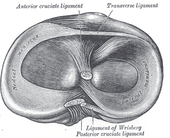 Imagine a 65-year old patient walks into your clinic with medial sided knee pain. He reports an insidious onset of pain that increases after rest and decreases with movement. Assuming he does not present with any red flags, this patient likely has knee osteoarthritis. Osteoarthritis is a breakdown of the protective cartilage surrounding synovial joints. The knee joint contains fibrocartilaginous meniscus and the articular cartilage surrounding the joint surfaces. In osteoarthritis, there will be a breakdown of both types of cartilage. As a clinician it is important to understand that a patient with OA will also have degenerative meniscal tears. This individual likely does not need a meniscal surgery, they need lower quadrant strengthening and mobility exercises. Conservative management of cartilage defects is challenging. Cartilage has poor vascular supply which does not aid the healing process. Movement is the ideal method of healing for cartilage. As the PT, our job is to gradually reintroduce joint loading to the injured tissue. This can be done through muscle contractions and gradual weightbearing. Individuals with cartilage defects should be performing 1,000's of repetitions at ~15% of their 1RM. In other words, low resistance/high repetition interventions are the best. Examples of low resistance/high intensity include the bicycle, total gym (vigor gym), unloaded treadmill, and seated tailgaters (passive knee swings). Early in the patient's plan of care, you want to train in the pain free region as much as possible. The patient should not leave the clinic in more pain than when they come in.  Recommendation for Treatment for someone with Degenerative Knee Meniscal Pathology: 1) Manual therapy to address joint hypomobility 2) Corrective exercises to address any positional faults 3) Strengthening the hip and ankle musculature 4) Education on cartilage damage and how to rehabilitate the tissue* 5) Aerobic machines for high repetition, low resistance exercise- Thousands of repetitions at 15% 1 RM. 6) Retraining poor functional movement patterns (squat, lunge, SL balance) *Education includes the necessity to perform these repetitions throughout the day also. If able, the patient should be going to the gym an riding a stationary bike for long periods. As always, let pain and the patient's response to treatment be your guide before progression. (Written on The Student Physical Therapist by OPTIM Faculty Member Jim Heafner) 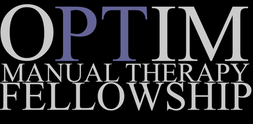 Final days to apply for the OPTIM Manual Therapy Fellowship Program in Houston, Texas. The first course is this coming weekend Nov. 14 and 15, 2015 & will include a unique opportunity to get back into the cadaver lab to relearn upper quarter anatomy. If you're looking to join the Houston cohort, there is still time left. With OPTIM, you can expect a residency-like learning experience without breaking the bank, all while learning from highly skilled physical therapists. Check out optimfellowship.com for more information! If you are interested, please email OPTIM for more information! |
Details
ContactEmail Good readsCategories |
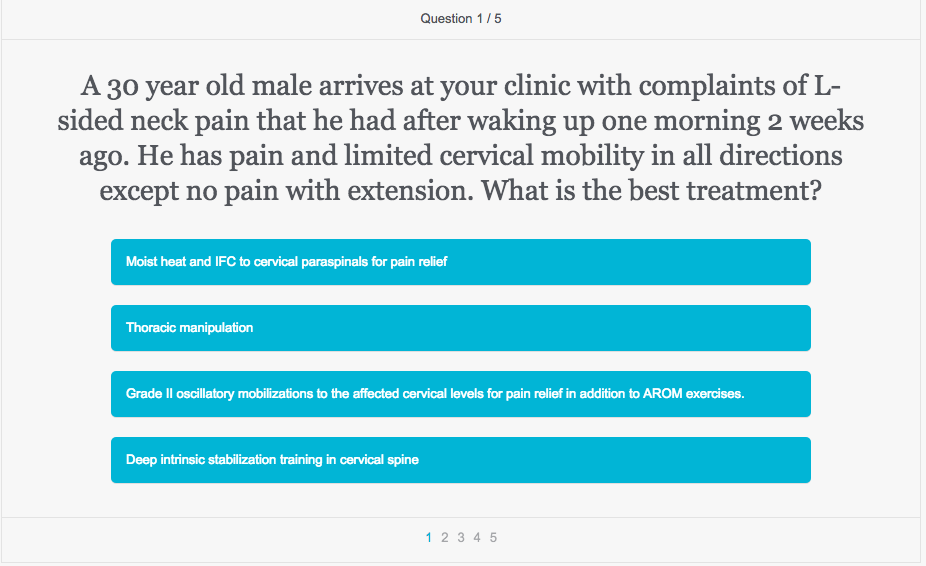

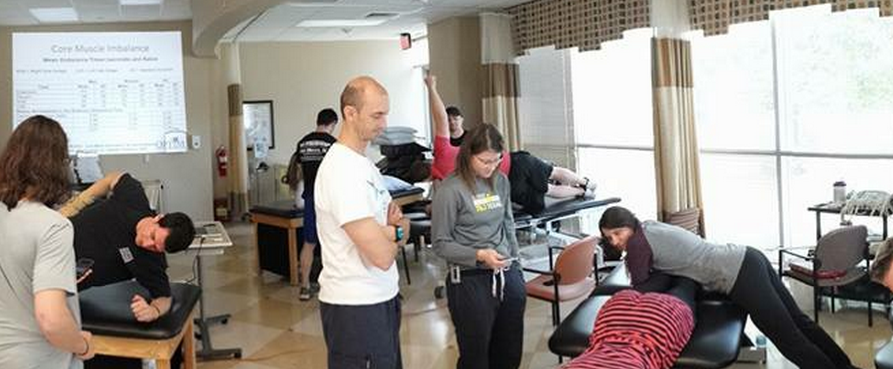
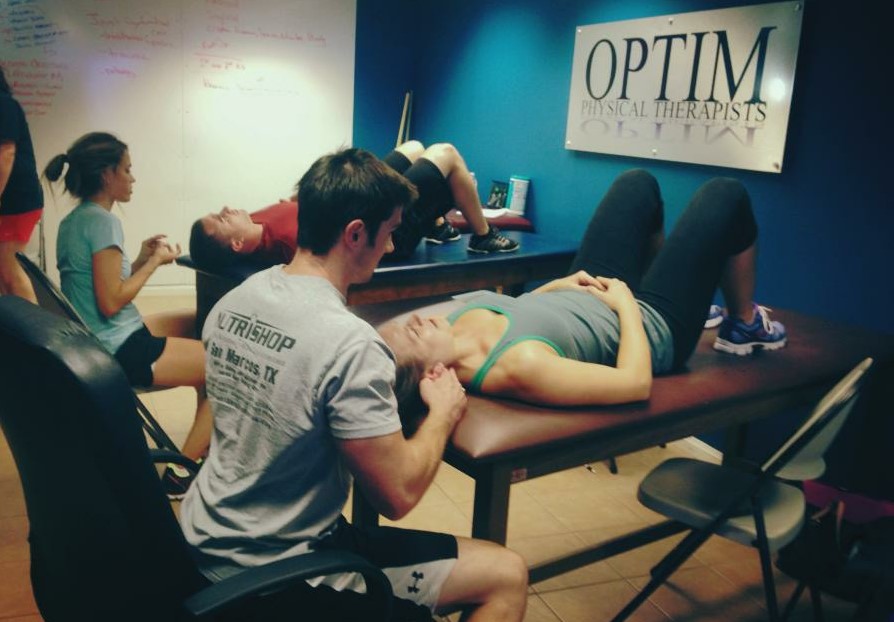
 RSS Feed
RSS Feed